A bit of a generic/strategy about web marketing and tracking to set a foundation for future posts about methods.
A web page isn’t much help to anyone unless someone sees it. Every small business needs marketing, and every website needs traffic. If you are a small business, and you want to leverage a website, you need a marketing plan.
I’ve spent the past 20 years switching between technical, management and marketing fields in the software industry, and one thing that I’ve learned is that being clear about the benefit marketing provides is essential to being successful.
From my perspective there are basically two types of marketing:
Mind-share / Branding Marketing (Positioning)
Trying to capture a potential customer’s mind, so you can occupy a space in their world in my assessment is a form of positioning. A lot of television and print advertising is focused on this type of marketing, and there’s a lot of push among small businesses to do this well. The catch is that it can be very hard to track effectiveness for this type of marketing, so as a result, we rarely are able to measure return on investment for our marketing money. For small businesses without a huge marketing budget, I do not recommend investing a lot of money into this type of advertising, even on those local yellow pages ads or heavy branding concepts and videos.
For most small business owners a few cost-effective positioning and branding concepts work well.
- Clearly communicate what you offer, what you do for clients, and how you help them.
- Use a logo or design that sticks with people, something memorable.
- Use naming, identity and images that are easy to understand and remember.
For small businesses, I think this is enough. Actually, last year, I went to a lecture by the founder of one of the largest online retailers of outdoor gear, and it was his lecture that solidified this opinion for me – beyond design money, he never spent a dollar on marketing he couldn’t track…and he still had one of the #1 brands. That convinced me of my opinion.
If you are interested in reference material on positioning, I suggest these books. Al Ries & Jack Trout’s book is the classic – a must read for any marketing professional. You can find them in the strategy section of my recommendations, and here:
Positioning: The Battle for Your Mind, 20th Anniversary Edition (by Al Ries and Jack Trout)
The 22 Immutable Laws of Marketing: Violate Them at Your Own Risk! (by Al Ries and Jack Trout)
Lead Generation / Relationship Marketing
The second type of marketing, this is when you run some kind of a program, sometimes called a “lead generation” program, designed to reach out to people and bring in potential leads for your business. Any advertising program that specifically targets people with whom you want to do business. This is probably 90% of the marketing most small businesses should do online, and I would categorize even Twitter, Facebook and social networking into this category…because essentially what we’re doing is building relationships to people, connections to people, who are interested in what we have to offer.
The magic combination in this type of marketing is called “name, number and permission to call (or email)” – once you’re in contact with the people, closing business is a function of sales work, which is different (we will talk about good sales techniques and where to learn them in a future post). What we are after here is our potential client’s name, their contact information, and permission to contact them because they are interested in what we have to offer them.
The really great (and important) thing about Lead Generation Marketing is that we can track return on investment pretty clearly and effectively, and this is where good web statistics come in.
Lead Generation Marketing breaks down into steps (not entirely linear, some may be concurrent, such as #5 and #6):
- Craft a message (this is where your basic brand marketing is so important)
- Find an audience
- Reach out to the audience (call this a “program”)
- Track your responses (Analytics is a MUST for this)
- Gather contact information
- Close sales
Now, you may close sales from the first point of contact, like when someone responds to an online program with a purchase, its really great when that happens, but we need to make our business model work without that because unless you’re in an “impulse-buy” business where your product and/or service is cheap and easy to buy right away, most people take time to make a decision, even if they are interested.
In Part II of this series, we will talk about each of these steps and what makes good business sense in each step.
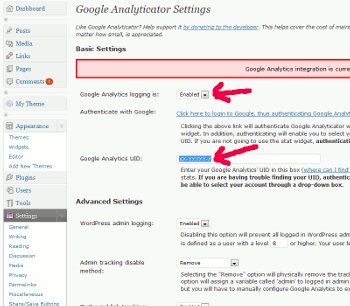
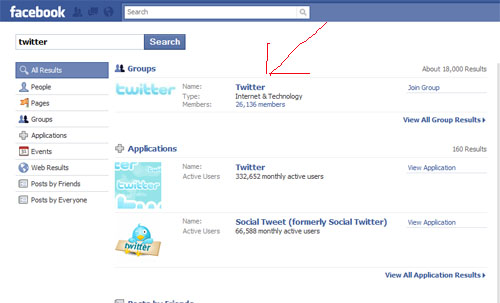
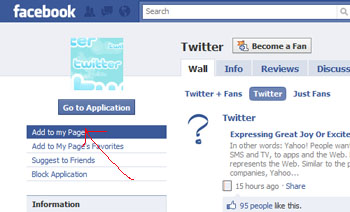
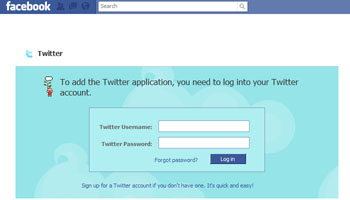

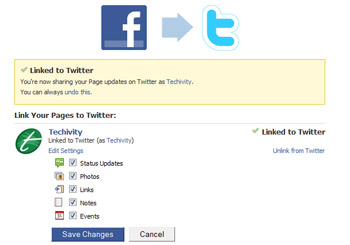
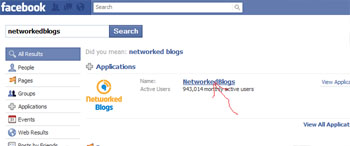
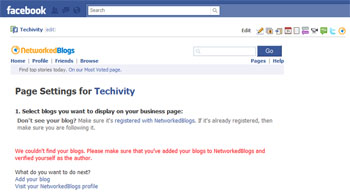




Recent Comments